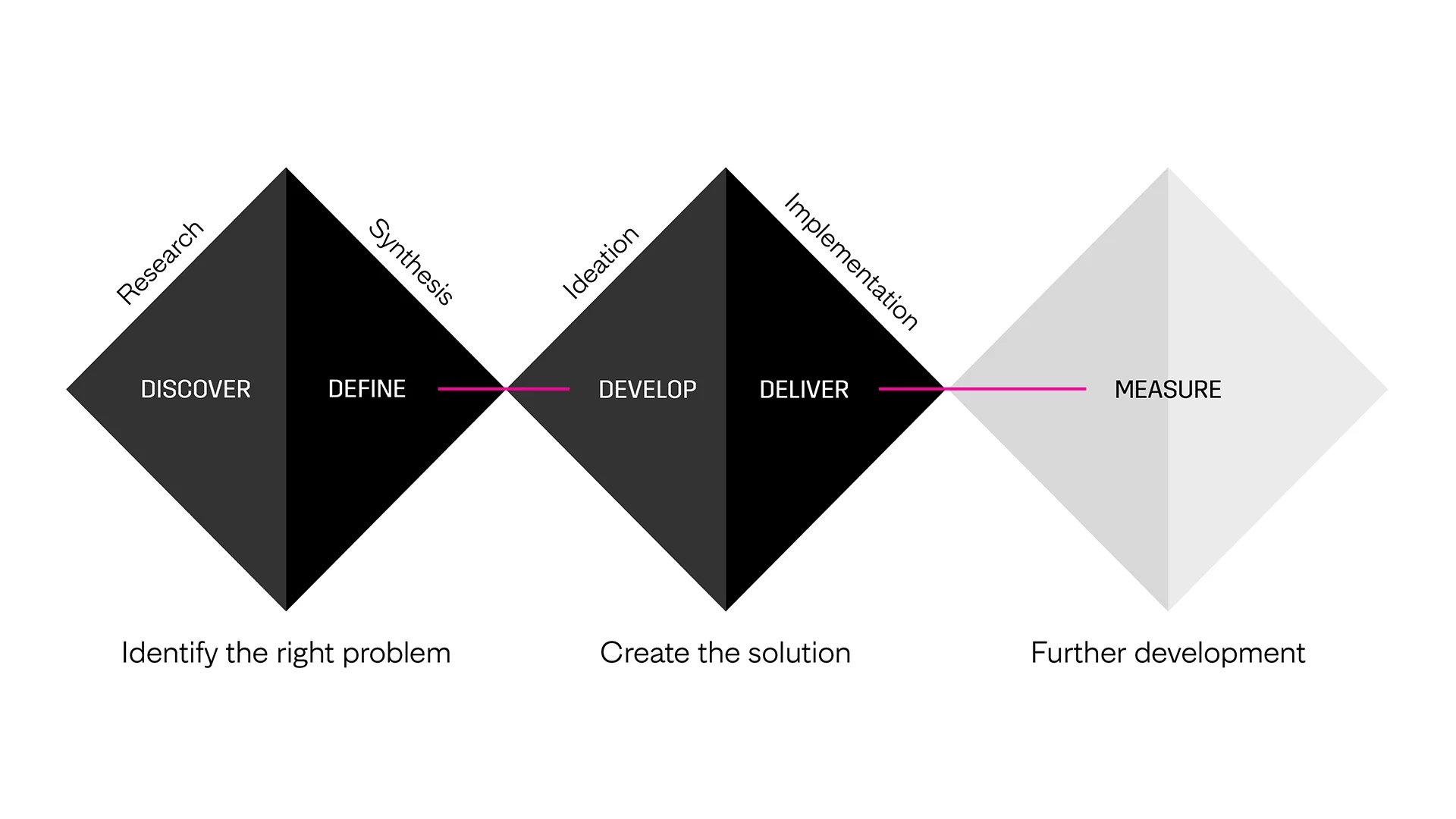What is service design – and what it definitely is not?
In designing customer-oriented services that exceed expectations, service design is the key. But what is it, and what role does it play in the design of digital services?

Service design is an umbrella concept that combines elements from design, usability design, sales and marketing. More than a well-defined area of expertise, it is an approach and process used in the design and development of services so that they better meet the needs and expectations of users. Service design aims to create comprehensive, relevant and customer-friendly solutions that improve the customer experience by bringing the customer to the heart of all development.
In practice, the solutions implemented with the help of service design can therefore be services, products, facilities and processes. For example, in the design of an online store, the goal of service design is to produce a business-wise successful commercial platform that takes into account customers’ multiple purchase paths. For a B2B company, service design can be a help, for example, to outline future business models or improve the commitment of internal stakeholders to various change projects.
The service designer acts as an interpreter for the team
In practice, service design is customer-oriented teamwork, where the designer acts as a moderator and facilitator between experts in different fields. For example, the team designing e-commerce services has professionals from UX/UI design, sales, marketing and software development, as well as project leaders from the customer’s side.
With the help of service design, professionals from different fields can find a common language. In a multidisciplinary team, the Designer’s task is to act as an interpreter for different professionals and help find a common vision and direction. The service design process requires open dialogue, teamwork and active participation from all parties.
Service designer puts the customer at the center
The starting point of service design is customer understanding, which is created by involving the company producing the service and the end users of the service. Both at the beginning of the project and along the way, the team spends a lot of time understanding the customer’s needs and wishes. It is essential to understand what is being planned and for whom. The underlying idea is that only by understanding the user can successful services be produced.
Therefore, interviewing the client company and end users and collecting data are an essential part of the work of service designers. For example, when planning an online store, designers try to understand the customer’s business and its goals and different customer groups. When planning a new service, you can think about sales perspectives (what is sold and to whom?) and buyer behavior (who are the customers now and in the future, and how do they behave?).

Service design is sometimes misunderstood
Service design is never the task of a single person, done from an ivory tower: a successful service design process requires the cooperation of a multi-professional team, where different areas of expertise support each other, with the designer acting as a facilitator.
Service design is not a simple or quick process, and you shouldn’t go into it thinking that with the help of service design, you will get a finished solution X, after which service design can be put on the shelf to collect dust. Service design is often a time-consuming process because it requires thorough research, ideation and testing. Instead of being disposable, it is at best a continuous process that supports the entire culture and operating methods of the organization.
Service design is also not limited to improving external things, such as customer service. Although it can certainly be used to improve the elements in question, often a successful service design process also requires modification of internal processes and structures in order to really achieve results.
To summarize
Service design is an interdisciplinary approach that aims to create customer-centric solutions for services and experiences. It combines elements from design, usability, sales, and marketing to improve user satisfaction. In practice, service design involves collaborative teamwork with the designer acting as a mediator between experts from various fields. It emphasizes customer understanding, achieved through research, interviews, and data collection, to shape decisions and improve services.
Service design can be applied to diverse areas, such as e-commerce platforms or B2B business models. It fosters open dialogue, teamwork, and active participation to create user-friendly solutions. If you are interested in discovering the potential of service design in your own digital service creation, please contact us to see how we can help.


